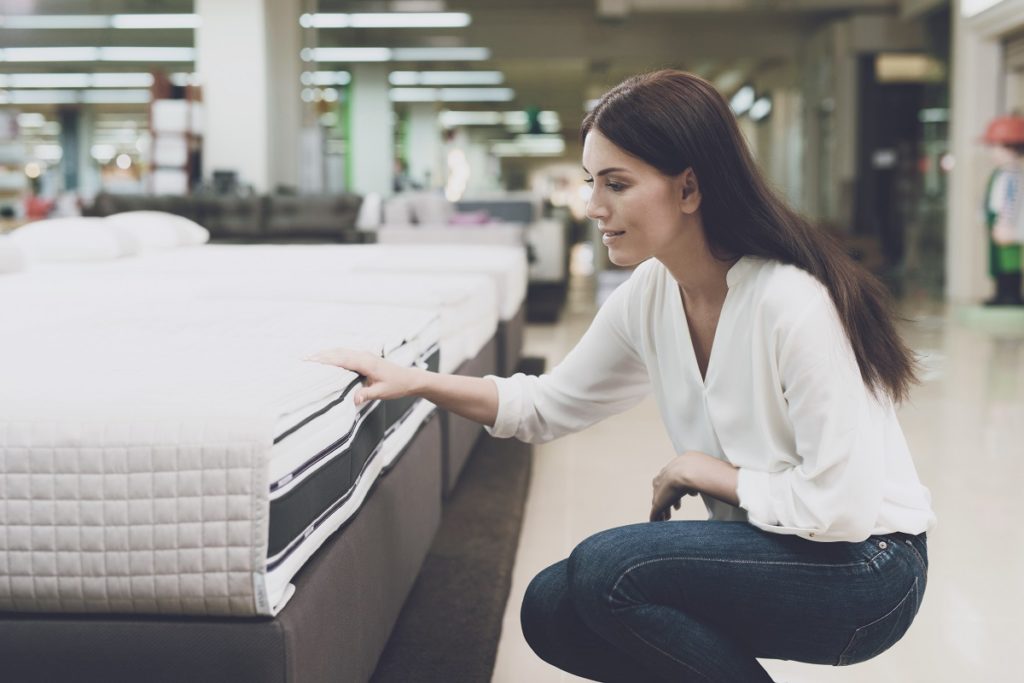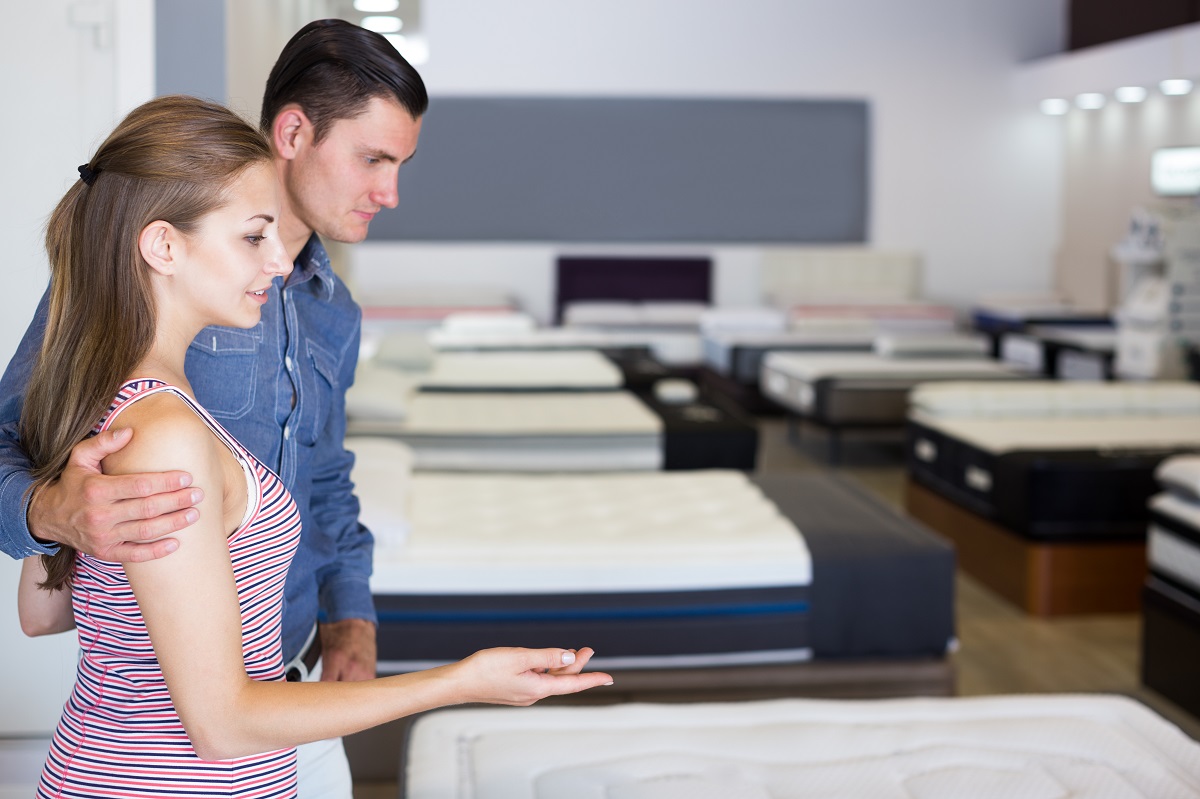Disclaimer: This website provides health information for educational purposes only and is not a substitute for professional medical advice, diagnosis, or treatment. Always seek the guidance of a qualified healthcare provider with any questions you may have.
Everyone deserves a good night’s sleep on the comfiest mattress possible. Yet, people underestimate the importance of the right mattress and its crucial role when we hit the sack. Like jeans, there is no size “that fits all” in mattresses. You should consider the comfort level, materials used, and your sleeping position as factors on choosing the right mattress.
Here’s a list of different mattresses, along with their features. This way, you know what to buy the next time you replace your mattresses at home.
1. Innerspring
Innerspring, or more commonly known as spring mattresses, comprises internal support of custom-fabricated compression springs. Whether it’s manufactured in Texas or New York, the spring mattress’ quality of comfort will highly depend on the design and number of coils.
The number of turns of each spring and its spatial distribution within the mattress should dictate how the mattress will conform to the sleeper’s body. People who like to sleep on their back, side, and tummy can find this type of mattress comfortable.
2. Memory Foam
Memory foam mattresses have taken the world by storm through their promise of relaxation and comfortability. It has become popular because of the way it gradually conforms to each of your body parts.
People who usually cap off their night sideways will appreciate the memory foam the most. After all, its best-selling feature is how the mattress contours to your sleeping position and offers the support your shoulders and hips need.
Additionally, the tendency to sag in the middle is very low because it contains several layers of foam.

3. Pillow Top
Pillow tops are coiled mattresses with softer cushions to lie on.
Side sleepers who choose not to go with memory foam may find pillow-top mattresses or mattresses with “pillow toppers” to their liking instead.
The “toppers” are an additional cushion-like layer of upholstery that you add to the top of your compression coil-filled mattresses. This class of bedding should allow your hip, shoulder, and back to be in their most relaxed state.
4. Water Bed
Water beds were the rage during the ’70s and ’80s. An advertisement from 1970, according to the Times, read, “Two things are better on a water bed. One of them is sleeping.”
As fun as it sounds, water bed mattresses use water as their primary support system.
There are two types of water beds to accommodate different sleepyheads: the free-flow and the waveless. The watery support within free-flow water beds has the freedom to move from one end of the mattress to another. The water from waveless waterbeds, on the other hand, is more restricted as the fibers limit the interior water’s movement.
No matter the support type you choose, water beds are especially best for back sleepers.
Sleeping at best comfort is everyone’s overlooked luxury. People seem to underestimate how choosing the right mattress and material could eventually contribute to their overall physical health. That’s why there are a lot of different mattresses — each uniquely designed to suit different sleepers with different needs. So, given the right knowledge on mattresses, which type do you think will be the best fit for your sleeping position?




